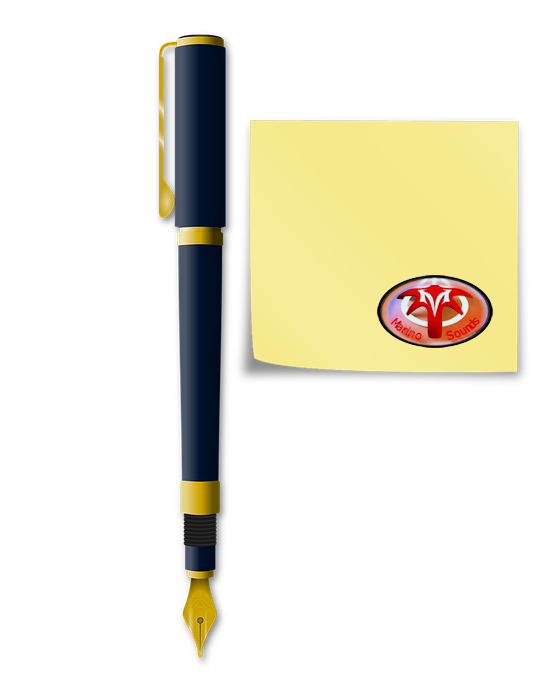Guitar Kits typically require a significant amount of repair work before they are ready to be played. The main reason intonation is important is because it greatly affects the music you play and ensures that your guitar stays in tune.
When assessing your intonation work, start from the lowest string and work your way up to the highest. This is because adjustments made to the lower strings will have a greater impact on the overall intonation of the guitar, as they are thicker gauge strings. If you leave this step until the end, it may cause issues with the other strings that you have recently adjusted.
If the guitar has been used for any period of time, make sure to restring it before proceeding. You will be making adjustments to the string length using the bridge saddles, but these changes should be small and gradual until the guitar is tuning well.
When checking the intonation, start with one string at a time. As a general guideline, it is recommended to begin with the lowest string. Here are the steps to follow:
- First, play a harmonic note on the twelfth fret of the string you are starting with and adjust the string until you are satisfied that it is in tune.
- Next, play the note naturally on the 12th fret and ensure that it is now in tune.
- If both the harmonic and plucked note are in tune without needing to adjust the tuning peg, you can move on to the second string. However, if there is a discrepancy between the two, you will need to improve the intonation.
In short, if the plucked note is sharper than the harmonic note, you will need to adjust the saddle away from the nut, which means increasing the length of the string. Conversely, if the note is lower in pitch, you will need to shorten the length of the string from the nut. You may also need to adjust the saddle screw if it is too high or too low. This adjustment can be made using a screwdriver or an Allen key, depending on the type of saddle modification your guitar uses. When adjusting the saddle screw, make sure to make minor changes and then check the intonation.
To check the intonation, simply tune the guitar to the harmonic note at the 12th fret, and then pluck the string and check if the note is now in tune. If the note is flat, you need to decrease the string length; if the note is sharp, you need to increase the length. Remember that small adjustments can make a big difference. Once you are confident that you have adjusted the intonation correctly, strum a variety of chords and ensure that the guitar sounds What's the Most Readily Useful Electric Guitar For Guitar Lessons? - There are several variations, but primarily three types of guitars to consider when starting guitar lessons: Classical Acoustic, Acoustic, and Electric. Many beginners start guitar lessons with a classical acoustic or steel-string guitar. These are the most common types available for borrowing, and it's less likely you'll be loaned a more complex guitar. Learning on… as it should.
Manuel Marino is a seasoned Senior Producer, Music Composer, and Artist with over a decade of experience. He specializes in branded entertainment across various mediums, including video games, films, and advertising campaigns. With 20+ years as a game music composer, Manuel has worked on numerous platforms, creating diverse orchestral soundtracks. HIRE ME


 Manuel is a passionate, driven, and techsavvy AV technician,
Manuel is a passionate, driven, and techsavvy AV technician, 










